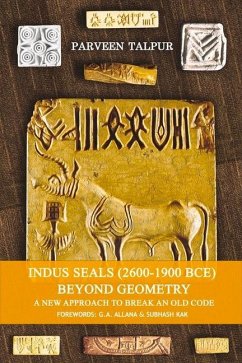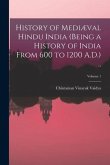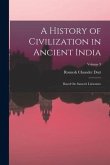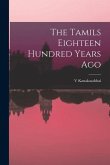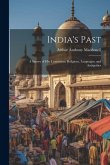"Indus Seals (2600-1900 BCE) Beyond Geometry: A New Approach to Break an Old Code" is a pioneering work which draws attention to the languages and culture of the Indus region for a better understanding of its ancient Indus seals. The signs and symbols inscribed on the seals are considered to be an ancient script which is yet to be deciphered.However, the seals are also imbued with images of animals, humans, deities, trees and unidentifiable objects. Hence, apart from depicting the script they also symbolize an assortment of social, cultural and ideological content which requires a holistic approach for its interpretation. This book looks for clues in three latent sources to establish the socio-cultural context of the seal images: it seeks ancient words retained in the Sindhi language and relates them to the seal images; it highlights the symbols of Buddhism, Jainism and Hinduism on the seals and traces the roots of the philosophy of nonviolence in ancient Indus cities; and it examines the geometric principles and patterns of seals to study the significance of geometry. The book, through a few examples, demonstrates that these seemingly diverse means can eventually converge to present a clearer picture of a small fraction of the seal iconography. Hence, the book also emphasizes to explore more sources to understand the multiple facets of the seals."Indus Seals (2600-1900 BCE) Beyond Geometry: A New Approach to Break an Old Code" is Talpur's third book on the Indus Civilization. It is a companion to her last book "Moen jo Daro: Metropolis of the Indus Civilization (2600-1900 BCE)" and it is an update to her previous research covered in "Evidence of Geometry in Indus Valley Civilization," her first book on this subject.
Hinweis: Dieser Artikel kann nur an eine deutsche Lieferadresse ausgeliefert werden.
Hinweis: Dieser Artikel kann nur an eine deutsche Lieferadresse ausgeliefert werden.
